History of mijia hub
History of mijia hub
This article dynamically updated the history version of Xiaomi's mijia Gateway in order to better select the gateway; The reason is that I am playing smart home and HA, and it took a long time to sort it out and use it for reference.
Some customers also asked which gateway to choose the BLE mesh protocol or the Zigbee protocol to make the solution.
Table of Contents
- Xiaomi Mijia Gateway version history
- Mijia gateway gen 1-2015.1 Xiaomi Mi Smart Home Gateway v1 (Gateway generation 1)
- 2016.3, Mijia gateway gen 2,Xiaomi Mi Smart Home Gateway 2 - Mijia multi-function gateway (DGNWG02LM gen2)
- 2019.12,Mijia gateway gen 3,Mijia Intelligent Multimode Gateway 1 - - Xiaomi Gateway3 (Gateway generation 3)
- ZNDMWG03LM
- 2022.03.23,Mijia gateway gen 4,Xiaomi Home Hub-ZSWG01CM
- Xiaomi Smart Home Hub 2 (Gateway generation 5)
- 12/04/2023, Mijia gateway gen 6,Xiaomi Smart Home Hub 2 - matter hub
Xiaomi Mijia Gateway version history
It is only for reference when purchasing Xiaomi gateway.
Separate gateway name
The same gateway is called by various names at home and abroad, and consumers are confused about which gateway it is, so I call it gen X generation in chronological order
Xiaomi multifunctional gateway. It is a green rice OEM, but it is based on the standards given by Xiaomi (except for the hub gateway - matter is coming, Xiaomi is in the layout?). )。
Xiaomi separate Bluetooth gateway。
Bluetooth gateways are generally integrated into various smart devices
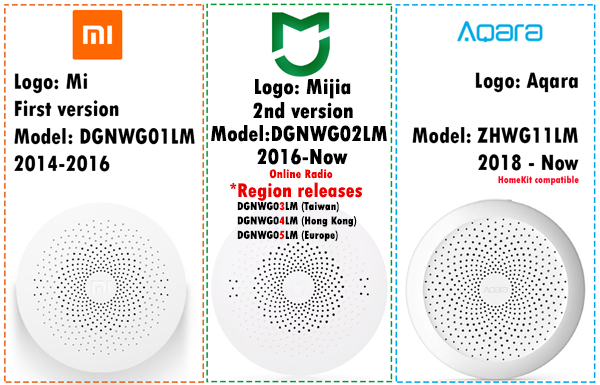
Mijia gateway gen 1-2015.1 Xiaomi Mi Smart Home Gateway v1 (Gateway generation 1)
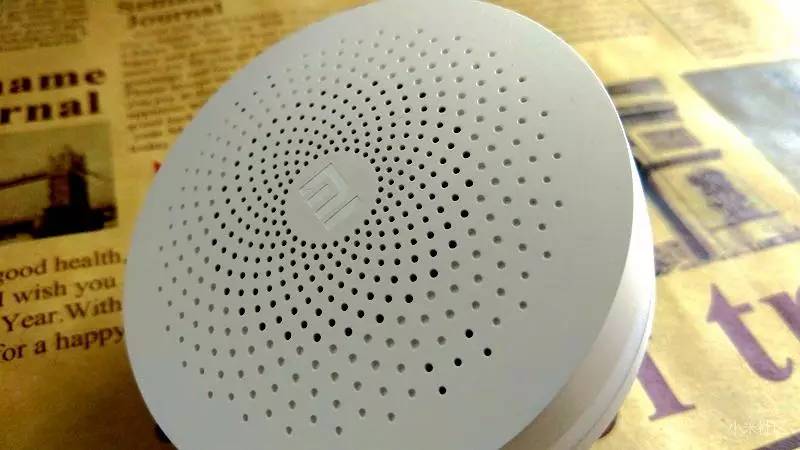
DGNWG01LM - Mijia - first version - Discontinued in 2015
*Mi Control Hub* gen 1
```
Product Name: 小米多功能网关
Model Number: DGNWG01LM (China model)
Product Model Variant: DGNWG01LM
internal model :lumi.gateway.v1
Brand: Xiaomi Communications Co., Ltd.
Category: Hub
Last Certified Date:
Firmware version:
```detial:https://blog.matterxiaomi.com/blog/mijia-hub-part1/
2016.3, Mijia gateway gen 2,Xiaomi Mi Smart Home Gateway 2 - Mijia multi-function gateway (DGNWG02LM gen2)
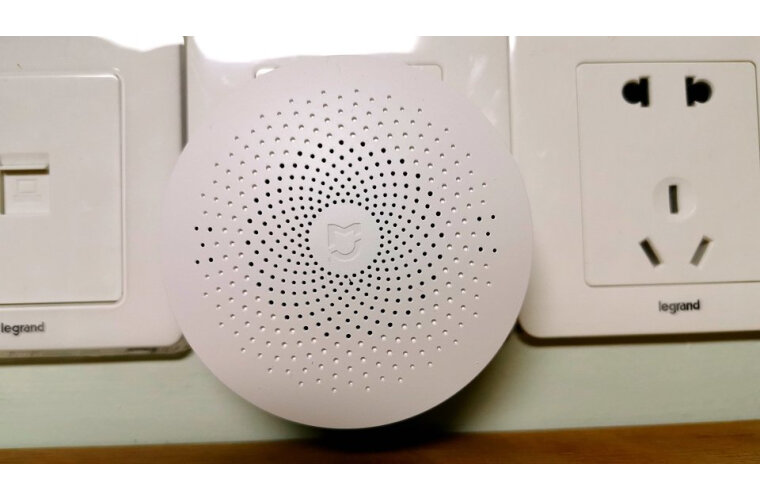
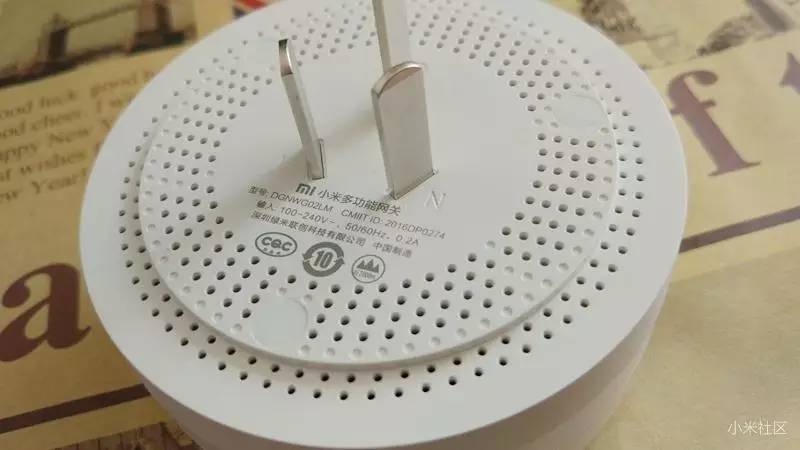
Mijia multi-function gateway (Product Model:DGNWG02LM) is a ZigBee 1.2 gateway which is able to connect with a few sensors, e.g. motion sensor, window/door sensor and smart socket plug.
Supported sub devices
Supported sub device (only zigbee 1.2 devices)
https://github.com/sergey-brutsky/mi-home
useful links
DGNWG02LM - Mijia - second version - China Version
DGNWG03LM - Mijia - second version -
DGNWG04LM - Mijia - second version - HK Version
DGNWG05LM - Mijia - second version - Europe Version
Second version 2016-now, in webshops often refered to as the "upgraded version". The number indicates its region (02 through 05), with each region their corresponding plugs.
The 02 model is only meant for China, but supports the most devices.
DGNWG02LM - Mijia - second version - China Version
https://blog.matterxiaomi.com/blog/mijia-hub-part2/
DGNWG04LM - Mijia - second version
https://blog.matterxiaomi.com/blog/mijia-hub-part2-4/
for ha user(run ok,no sub devices)
https://www.home-assistant.io/integrations/xiaomi_miio
or
xiaomi miot auto run ok
2019.12,Mijia gateway gen 3,Mijia Intelligent Multimode Gateway 1 - - Xiaomi Gateway3 (Gateway generation 3)
ZNDMWG03LM
The third model (2020) is a whole new Mijia version and has many differences. It supports Apple Homekit, and has a bunch on certifications: certified Zigbee 3.0, certified Bluetooth (5 and mesh) and certified Wifi (2.4 GHz 2 x 2 MIMO). It does not have a speaker or night light, and has a separate USB power supply.
ZNDMWG03LM
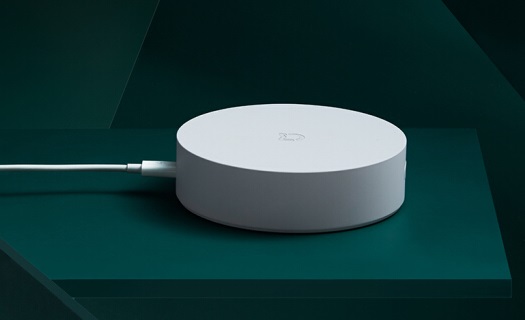
mijia gateway gen 3-Mijia Smart Multi-Mode Gateway v1(ZNDMWG03LM)
https://blog.matterxiaomi.com/blog/mijia-hub-part3/
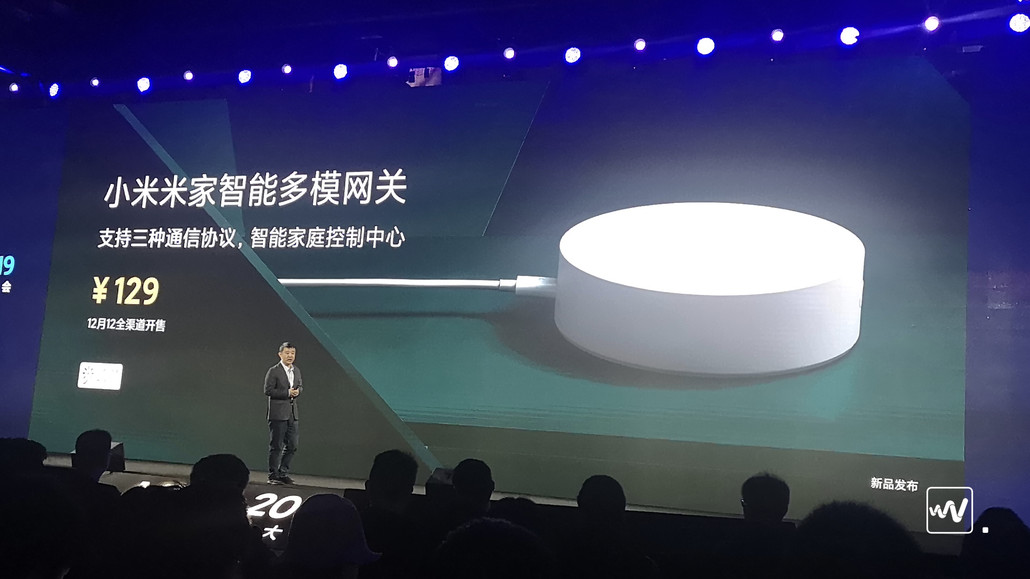
source:https://www.shenzhenware.com/articles/13630
2022.03.23,Mijia gateway gen 4,Xiaomi Home Hub-ZSWG01CM
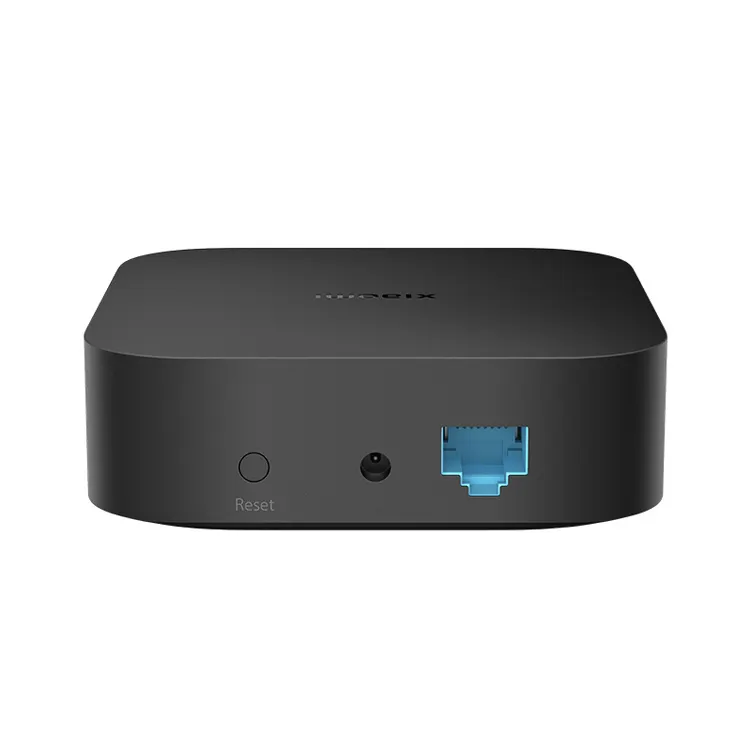

2022.03.23, Xiaomi Home Hub - Xiaomi Gateway4 (gen4)
2022.03.23, Xiaomi Hub Gateway officially launched
Product Model:ZSWG01CM
https://www.mi.com/shop/buy/detail?product_id=15755 349 yuan
Shanghai Chuangmi Technology Co., Ltd. OEM production
detail: https://cmiitid.cn/2022-0595
Supported networking methods
Support 5.8GHz/5.1GHz/2.4GHz wireless LAN
Wired to the InternetSupported sub-device protocols
ble meshFor the sub-devices that are accessed, say the following:
1. Only BLE Mesh is supported
2. Zigbee is not supported2. It is understood as a router with Bluetooth function. Theoretically, the hub gateway is higher than the multi-mode gateway and the previous level of smart audio, and it does achieve local automation across gateway devices, including ZigBee devices under multi-mode gateways, and ZigBee devices under M1S cannot be used for the time being.
The problem is that cross-gateway device linkage is often triggered by bedroom equipment to trigger long-distance linkage such as living room equipment, and the advantages of localized low latency are not felt.
3. In the past, the equipment connected by Xiaoai Audio Pro could only be automated in the cloud, and now it can be local. This point is praised, but I don't understand that Xiaoai Audio Pro is already a quad-core A53, which is similar to the configuration of the hub gateway, much stronger than the multi-mode gateway, why not directly achieve localization on the audio?
4. Automation that cannot be local before, such as: including scene switches, including light groups, including certain WiFi devices, can not be localized. It doesn't represent as many advantages over multimode gateway configurations at all.
5. When connected to the wired network, the Bluetooth signal is very strong, but it cannot penetrate two load-bearing walls.
6. Replace the built-in Bluetooth mesh gateway of Xiaoai speaker with weak performance before
7. Enable the whole house smart home terminal to achieve localized execution and obtain the same smart home experience as Zigbee devices.
Actual usage
1. I am an ordinary smart product user, the number is not much, but there are quite a lot of varieties involved. With the use of the hub gateway, the current feeling is also: stability should be improved, localization conditions are a bit harsh, and the advantages of multi-mode gateway are not obvious. There is a feeling of buying a loneliness
Bluetooth, in addition to the low cost of the module, and must go around the server to cultivate user brand stickiness, I think there is no advantage over zigbee
2022.08.15, Mijia gateway gen 5,
Xiaomi Smart Home Hub 2 (Gateway generation 5)
https://csa-iot.org/csa_product/xiaomi-smart-home-hub-2/
Mijia Intelligent Multimode Gateway 2 - - Xiaomi Gateway5 20220820 updated (Gateway generation 5)
2022.07.22, Mijia Intelligent Multimode Gateway 2 was listed, 189 rmb
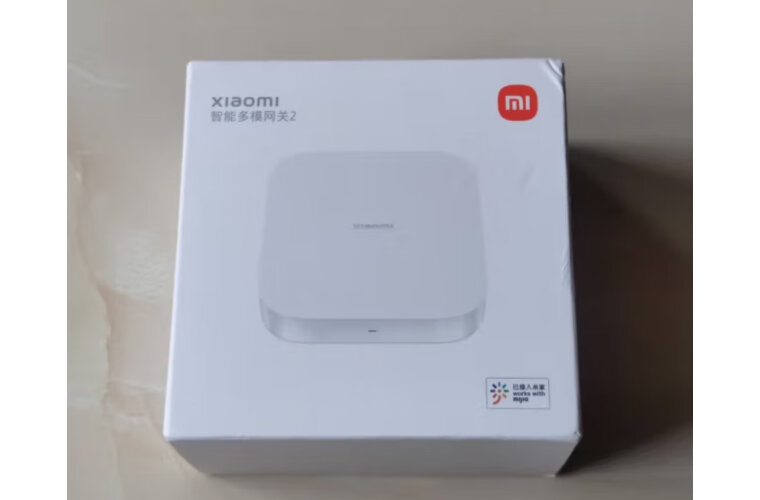
Product Model:
DMWG03LM(china model)
ZNDMWG04LM
lumi.gateway.mcn01
Supported networking methods
Support 5.8GHz/5.1GHz/2.4GHz wireless LAN
Wired to the Internet
Supported sub-device protocols
wifi、 zigbee、 ble mesh
Mijia Smart Multi-Mode Gateway 2 connected to HA via mi home app and Xiaomi Gateway 3 integration
detail:https://blog.matterxiaomi.com/blog/mijia-hub-part5/
12/04/2023, Mijia gateway gen 6,Xiaomi Smart Home Hub 2 - matter hub
https://csa-iot.org/csa_product/xiaomi-smart-home-hub-2-2/
Device localization is supported
other
There are many names for the versions on the Internet:
Xiaomi Hub 2, Xiaomi Mijia Smart Multi-Mode Gateway 2, Xiaomi Smart Home Hub 2, DMWG03LM, ZNDMWG04LM

Articles at home and abroad on the Internet call the gateways of Xiaomi, Mijia, Lumi, and Yeelight Xiaomi gateways for a while, and Yeelight mesh gateways for a while. So consumers are confused.
There are various versions of the Mi gateway.
all the hubs are made by Lumi, but are released with different mijia brand names, but the difference is not just the brand name.
If you still can't figure it out after reading this article, you can contact me. Find your own contact information.
I follow these principles to classfiy the relationship between brands.
Mijia - the gateway to Xiaomi's own brand home.
Lumi, Yeelight(Yilai) gateway etc.- the gateway of Xiaomi ecological chain cooperation company.
This article describes
Mijia - the gateway to Xiaomi's own home
Correct a misunderstanding
Smart home device access, must have a gateway, who said that such and such a device does not need a gateway?
In fact, the WiFi protocol router is also a gateway, which should be called a WiFI gateway. It's just that I have it at home.
Integrate the router into zigbee, Bluetooth ,Bluetooth Mesh, isn't it a multi-mode gateway?
Purchase principles
Electronics, buy new and not buy old
Xiaomi's things do not need crowdfunding, just wait for PDD, and it won't be long before the price is cheaper than crowdfunding
Gateway classification by protocol
To select a gateway, the protocol must be selected;
In fact, the router of the WiFi protocol is also a gateway, called a WiFI gateway.
Therefore, if smart devices want to enter the network, they must buy a gateway (who said on the Internet that such and such a device does not need a gateway, but the user has a router at home, which makes a group of consumers confused).
WiFi gateway (router)
One is called Bluetooth gateway,
One is called Bluetooth mesh gateway,
One is called a zigbee gateway.
One is called Zigbee mesh gateway
Infrared gateway
The following are used more abroad
Thread gateway
Zwave gateway
Copy
Mijia gateway selection scheme (by protocol)
Mijia's gateways currently include: Bluetooth gateway, Bluetooth mesh gateway, Zigbee gateway, infrared gateway
One is called Bluetooth gateway (such as: Mijia smart socket 2 Bluetooth gateway version)
One is called Bluetooth mesh gateway (such as: Mijia hub gateway, Yeelight gateway-non-Mijia)
One is called multi-mode gateway (such as: Mijia multi-mode gateway 2, which supports WiFi, Zigbee, and BLE Mesh)
One is called Zigbee gateway (non-mesh networking) - represented by aqara - non-Mijia
Warm reminder
Bluetooth gateways are different from Bluetooth mesh gateways, and Bluetooth gateways can only receive information reported by sub-devices; The Bluetooth mesh gateway can not only receive the information reported by the sub-device, but also send control information to the sub-device.
Therefore: Mijia smart socket 2 Bluetooth gateway version, after connecting with mobile phone Bluetooth, can send command control.
Mijia gateway selection scheme (divided by networking structure)
20220722 updated
At present, Mijia gateways are divided into three categories:
Hub gateway
From the gateway
Blind gateway.
useful links
https://www.thisismysmarthome.com/2020/02/the-mi-home-gateways-what-is-what.html
Comments
Comments are closed